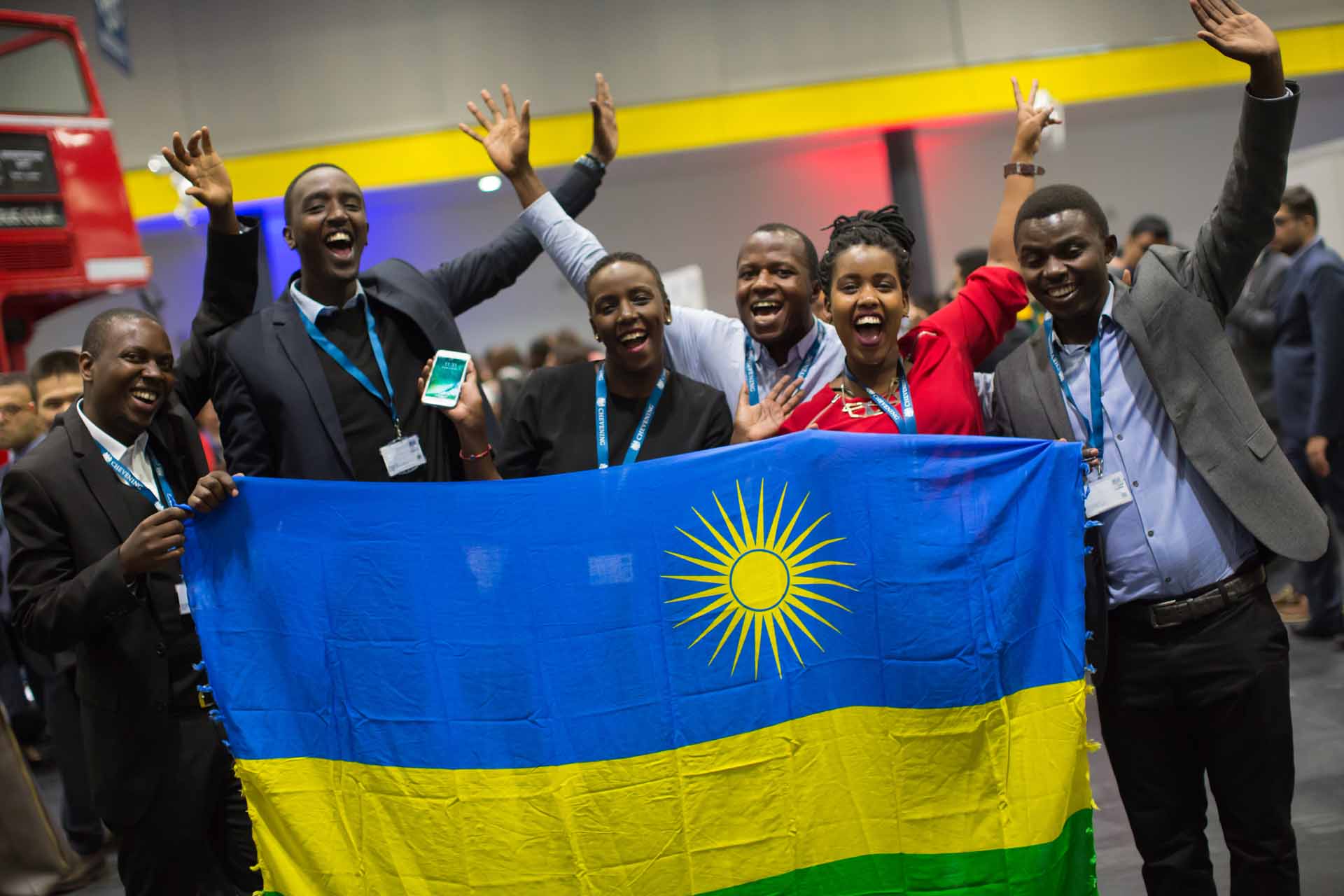Scholars of the Genocide against the Tutsi and experts in the studies of the Jewish Holocaust have sounded a warning about incitement and dehumanisation tendencies in society as serious potent causes of genocide and other crimes against humanity.
According to scholars, the Jewish holocaust and the Genocide against the Tutsi were forerun by dehumanization propaganda and incitement; and these tendencies must not be given room in society today as nations look at building sustainable peace.
The comments were made during an event organised in Kigali to mark the 75th anniversary of the liberation of the Nazi death camp Auschwitz signaling the end of the Jewish Holocaust in 1945.
The event also looked to reflect on the Genocide against the Tutsi in Rwanda, ahead of Kwibuka 26 that will be observed on April 7th, 2020.
The occasion brought together officials, scholars, activists and survivors, from within and outside of Rwanda who examined forms of indoctrination to hatred, fanaticism and violence that have historically led to mass atrocities, as well as relevant contemporary challenges and some approaches to trauma and future prevention.
Participants among other things, cited dehumanisation propaganda and incitement as causes of such terrible atrocities that have left horrible scars on humanity.
“To understand the causes and possibilities of Genocide, we have to understand that it does not happen in a vacuum,” said David Michaels, the Director of United Nations and Intercommunal Affairs, who was one of the speakers at the event.
Micheals showcased how the Nazi regime led by Adolf Hitler propagated dehumanisation propaganda against the Jews and spread before and during the holocaust in which up to 6 million Jews ended up killed.
The Nazi regime referred to Jews to as vermin of the human race, universal poisoners of all people, and misfortunes.
“The two main elements in the incitement against the Jews were the demonization (portrayal of the Jews as wicked and evil) and dehumanization,” he said.
“In the Nazi hate propaganda, these two elements were combined. The Jew was depicted as a creature with which any contact causes death.”
According to Micheals, Hitler encouraged his people to continue with “what he described as the most difficult mission” at the same time essential for the future of the German people and their ability to dominate the world. And the mission was to murder the Jews.
Jean Damascene Bizimana, the Executive Secretary of the National Commission for the Fight Against Genocide (CNLG) also showcased how divisionism was propagated in the pre-Genocide Rwanda.
He reflected on the segregation in schools and companies as examples of the bad seeds sowed in the society before the genocide took place.
“To give you some numbers for example in public institutions, I have counted 12 public institutions we had, and in these, there were 5387 employees of whom 4643 were Hutus, and 140 Tutsis,” he said.
“And in private companies we had 3000 Hutus working, and just 135 Tutsis.”
Faustin Ntezilyayo, the Chief Justice, told participants that the Government of Rwanda has done a lot to set up mechanisms to hold perpetrators of the genocide against the Tutsi and other crimes against humanity responsible, but still there is need for global efforts.
He also called for cooperation from the global community to deal with Genocide denial.
“It requires cooperation of the international community because deniers live in foreign countries where they continue to propagate denial of the genocide,” he said.
ALL AFRICA

